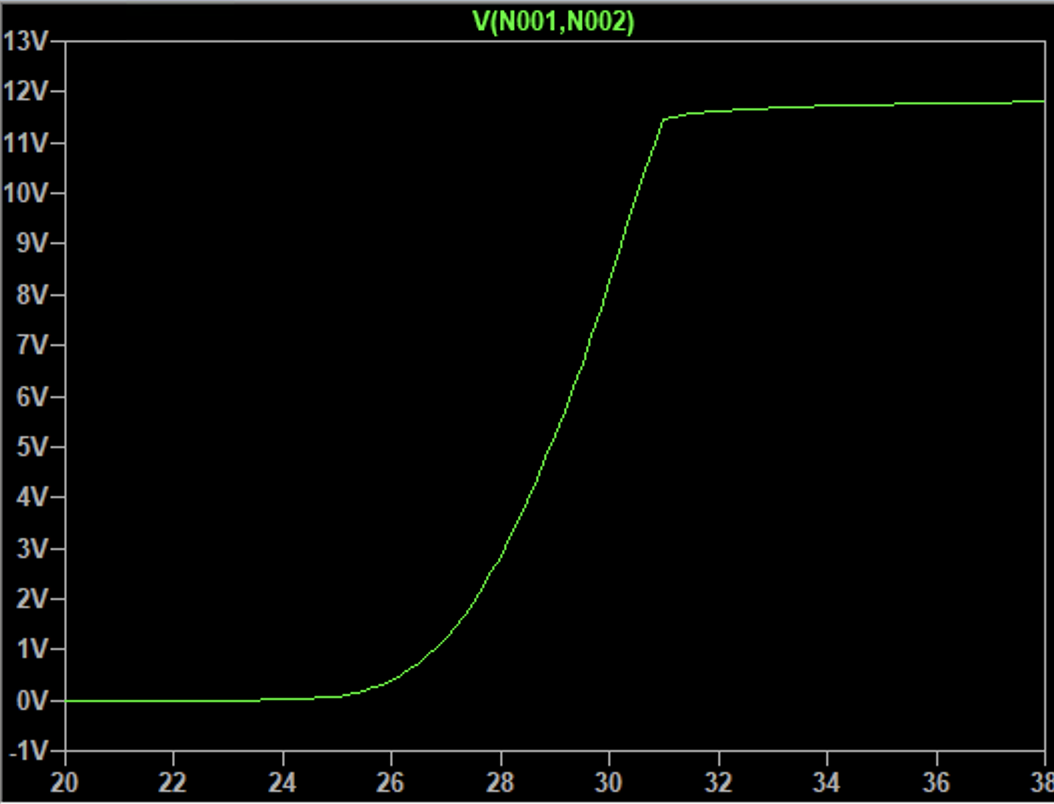I'm building a simple temperature controlled NMOS switch for regulating the speed of a fan.
It's a 12V fan and the controller works great (as long as the transistor is in it's active region.)
This is the circuit I'm using, where R2 is the temperature sensor:

However, the fan only turns on at a voltage of ~3V or higher, and makes squeaking noises on anything lower than that. The voltage output vs. temperature (C) looks something like this:

Ideally I'd like it to "cut off" completely when reaching an output below 3V with a result like this (in red):

I want to remove the exponential behaviour when exiting the active region.
Is there a way to "reverse clamp" the gate voltage, immediately bringing it to 0 if it's too low, or is there some other solution to this problem?
